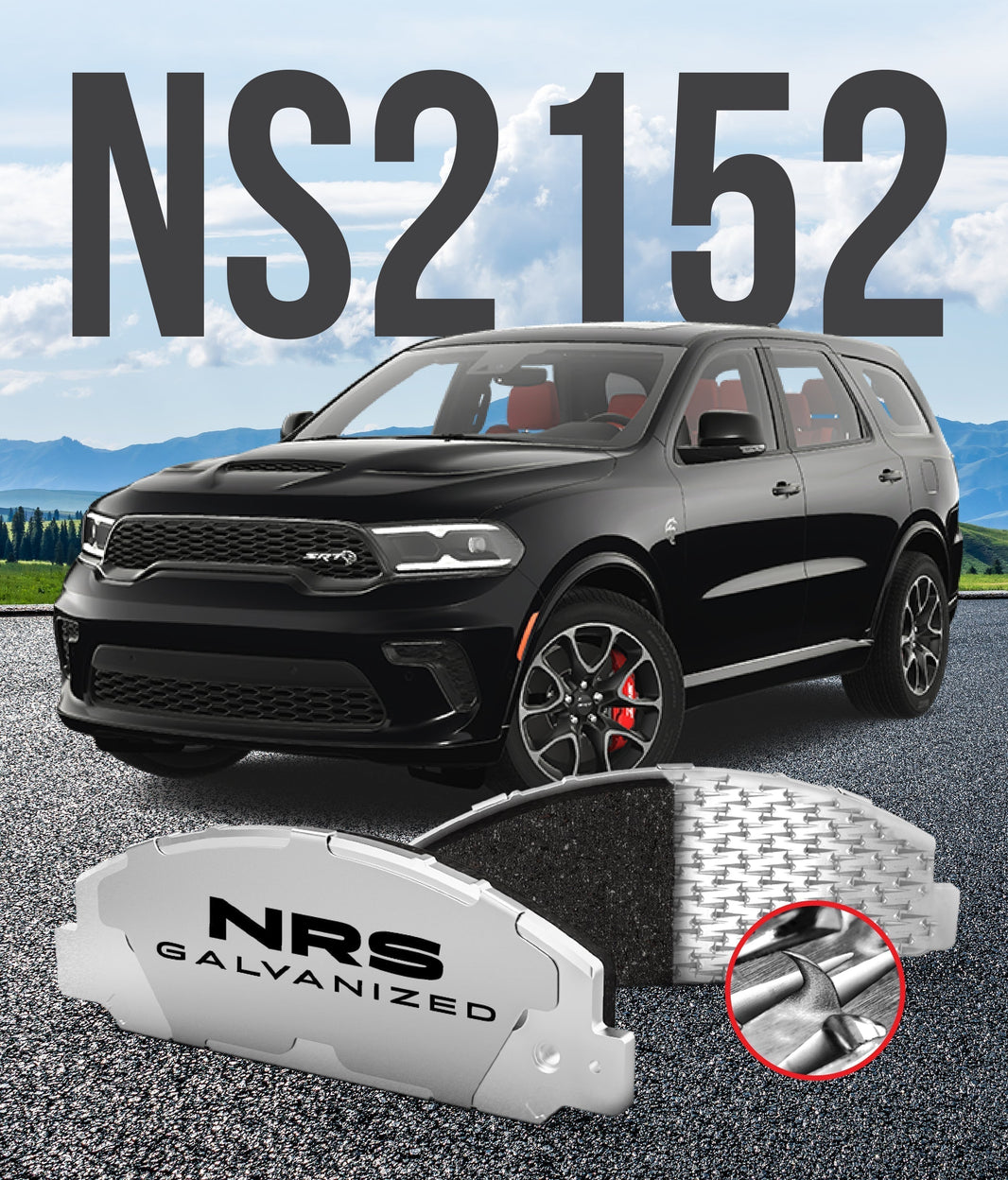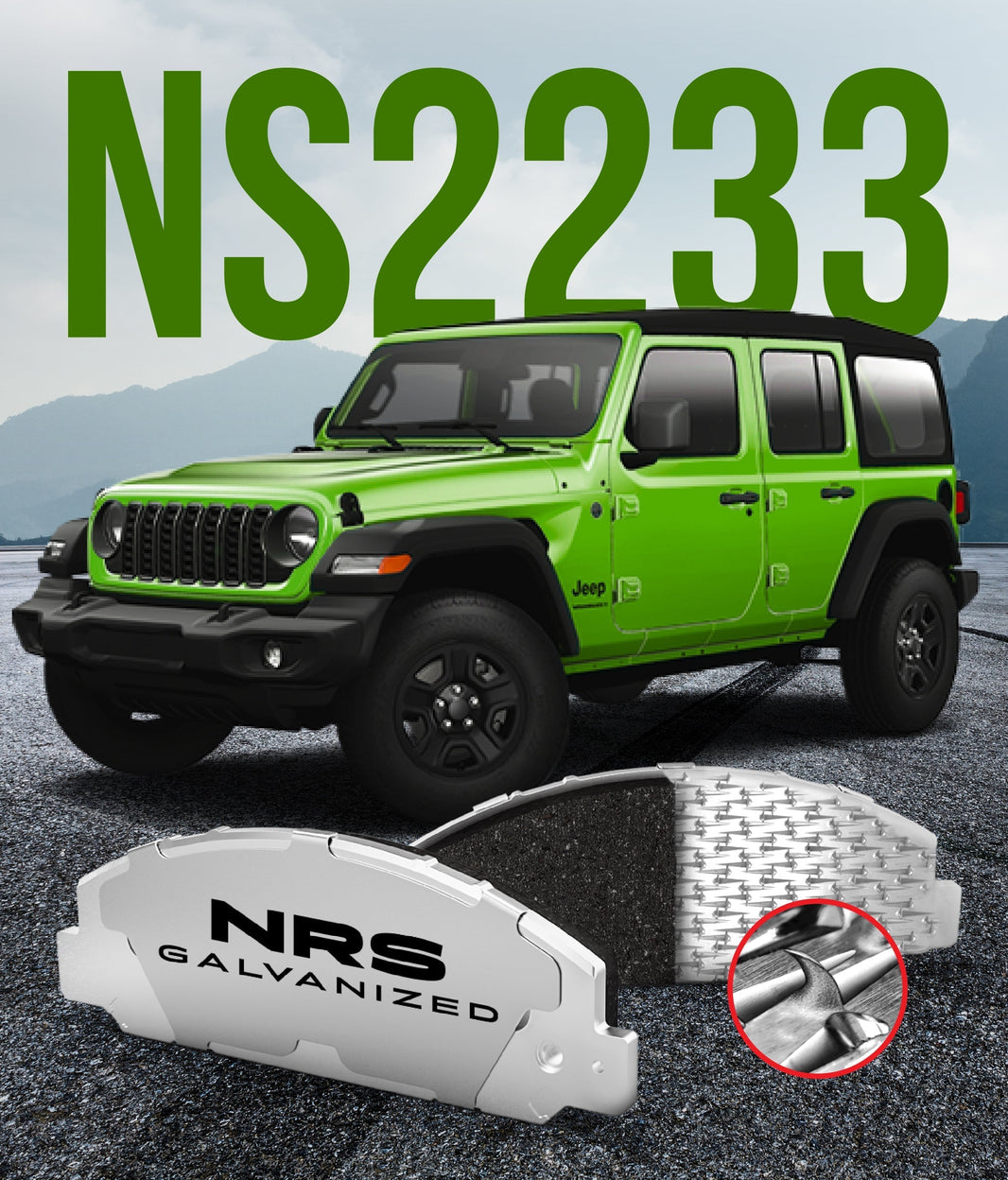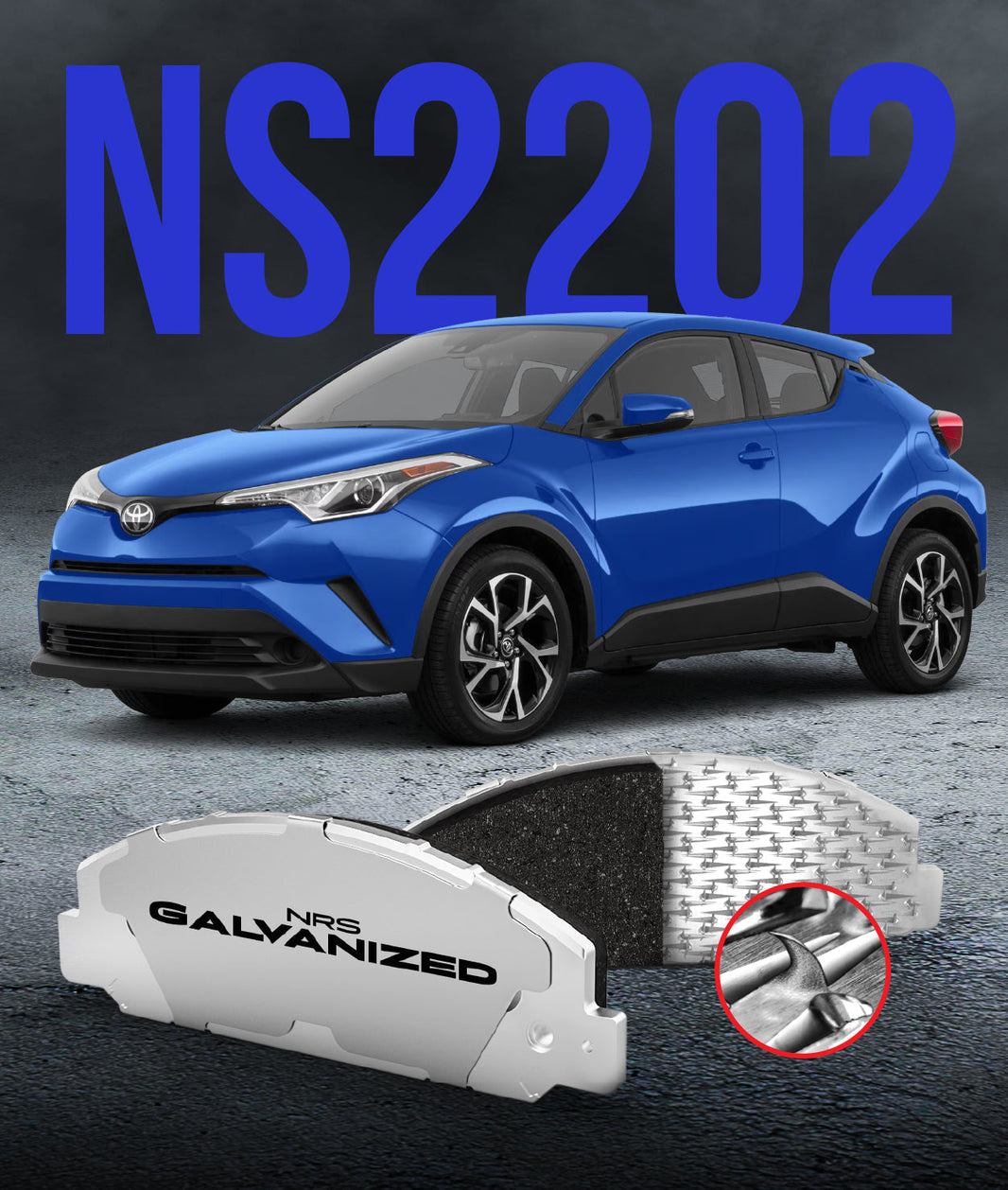 Uneven brake pad wear is a common and concerning issue for vehicle owners, often signaling underlying problems within the braking system. When a single brake pad wears down in a tapered pattern, or when one pad on an axle wears out significantly faster than its counterpart, it's a clear sign that something is wrong. Ignoring these symptoms can lead to reduced braking performance, increased stopping distances, and even costly damage to rotors and calipers.
Uneven brake pad wear is a common and concerning issue for vehicle owners, often signaling underlying problems within the braking system. When a single brake pad wears down in a tapered pattern, or when one pad on an axle wears out significantly faster than its counterpart, it's a clear sign that something is wrong. Ignoring these symptoms can lead to reduced braking performance, increased stopping distances, and even costly damage to rotors and calipers.
Understanding the root causes is crucial for effective diagnosis and proper maintenance. This guide breaks down the top 5 mechanical failures that cause uneven wear, explores other contributing factors, and provides a clear guide to fixing the issue and preventing it in the future.
The Top 5 Mechanical Causes of Uneven Brake Pads Wear
These five issues represent the most common mechanical faults responsible for uneven brake pad wear.
1. Rust Accumulation
Rust is a pervasive enemy of any braking system. It's not just a cosmetic issue; rust buildup in critical areas can significantly compromise brake function.
-
Where it Strikes: Rust pitting on the rotor's surface creates an irregular area that acts like a file, grinding down the pad unevenly. More critically, rust on caliper slides or pins can cause them to seize.
-
The Impact: When rust prevents components from moving freely, the caliper cannot apply even pressure. This often results in one side of the brake pad (typically the inner or outer) wearing much faster than the other.
2. Worn or Seized Slide Pins
Slide pins (also called guide pins) are vital components that enable the brake caliper to move smoothly and clamp evenly onto the rotor.
-
How They Fail: The high-temperature grease on these pins can dry out or wash away over time. This allows moisture and road debris to cause corrosion, leading to the pins becoming sticky or seizing completely within the caliper bracket. A torn rubber dust boot will accelerate this failure.
-
The Impact: When a slide pin is seized, the caliper cannot "float" correctly. This forces one brake pad to do most of the work, leading to dramatic and rapid wear on that single pad while the other appears almost untouched.
3. Sticky Caliper Pistons
The caliper piston is what hydraulic fluid pushes to apply force to the brake pad. Its smooth operation is critical for both applying and releasing the brake.
-
How They Fail: Moisture and contaminants in old brake fluid can cause rust to form on the piston or within the caliper bore, preventing smooth movement. A torn piston dust boot allows dirt to enter, leading to the same result.
-
The Impact: A sticky piston often fails to retract fully when you release the brake pedal. This leaves the pad in constant, light contact with the rotor, causing continuous friction, excessive heat, and accelerated wear. This can also cause a burning smell or make one wheel feel significantly hotter than the others.
4. Caliper Misalignment
A brake caliper is designed to press the pads squarely against the rotor. If the caliper itself is not aligned correctly, the force will be applied at an angle.
-
How it Happens: This can be caused by a bent caliper bracket (from an impact or fatigue), or from improper installation where mounting bolts are not torqued correctly.
-
The Impact: When the caliper pushes at an angle, one edge of the brake pad makes stronger contact with the rotor. This results in a distinct "tapered" wear pattern, where one side of the pad is significantly thinner than the other.
5. Collapsed Brake Hose
The flexible rubber brake hoses that carry fluid to the calipers can degrade from the inside out.
-
How They Fail: Over time, the internal lining of a hose can break down and collapse, creating a flap that acts like a one-way valve.
-
The Impact: This traps hydraulic pressure in the caliper even after the brake pedal is released. The effect is identical to a sticky caliper piston: the pad is forced to drag on the rotor, causing constant friction and rapid, uneven wear.
Other Contributing Factors to Consider
While not direct mechanical failures in the same vein, these factors play a significant role in how your brake pads wear.
-
Brake Pad Quality: Low-quality pads are a major contributor. Cheaply manufactured pads may have inconsistent density in their friction material, causing some sections to wear faster than others. Furthermore, their metal backing plates can be warped or uneven, preventing the pad from sitting flush and leading to angled contact and tapered wear from day one.
-
Aggressive Driving Habits: Your driving style has a direct impact. Frequent hard braking generates extreme heat and stress, which naturally accelerates pad wear. This is especially true for the front brakes, which handle the majority of the braking force.
-
Worn Wheel Bearings: While not part of the brake system, a worn wheel bearing can cause the entire wheel hub (and the attached rotor) to wobble. This constant, erratic movement leads to inconsistent contact between the pads and rotor, causing irregular wear patterns.
How to Fix Uneven Brake Pad Wear: A Step-by-Step Guide
-
Inspect Thoroughly: A visual inspection is the first step. Look for the tapered wear of misalignment, the inner/outer difference caused by seized pins, and signs of extreme heat from a dragging piston.
-
Disassemble and Clean: Take apart the brake assembly. Thoroughly clean caliper brackets and all contact points with a wire brush and brake cleaner to remove rust, dust, and old grease.
-
Service or Replace Components:
-
Remove, clean, and re-lubricate slide pins with high-temperature synthetic brake grease. Replace them and their rubber boots if they are pitted or damaged.
-
If a caliper piston is sticky, the caliper usually needs to be replaced. Rebuilding one is often not safe or cost-effective.
-
Replace any bent caliper brackets or damaged brake hoses.
-
Replace Pads and Rotors: Always replace brake pads in pairs on the same axle. If the rotors are deeply grooved, rusted, or warped from the uneven wear, they must be replaced as well.
-
Ensure Proper Installation: Reassemble all components, ensuring they are seated correctly. Use a torque wrench to tighten all bolts to the manufacturer's specifications to prevent misalignment.
If you are not comfortable performing these repairs, it is essential to have a qualified mechanic inspect and repair your braking system.
Conclusion: Proactive Maintenance for Lasting Safety
Ultimately, addressing uneven brake pad wear is not just about saving money on premature replacements; it's fundamentally about vehicle safety. Ignoring the signs can lead to a dangerous compromise of your vehicle's stopping power.
Proactive maintenance is the best strategy. During tire rotations, have your brakes inspected. When it's time for a replacement, investing in high-quality brake pads and parts from trusted brands like NRS Brakes ensures not only even wear but also superior durability, performance, and peace of mind on every journey.




